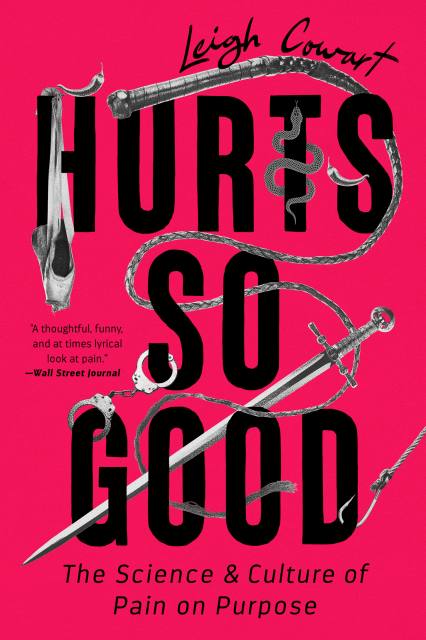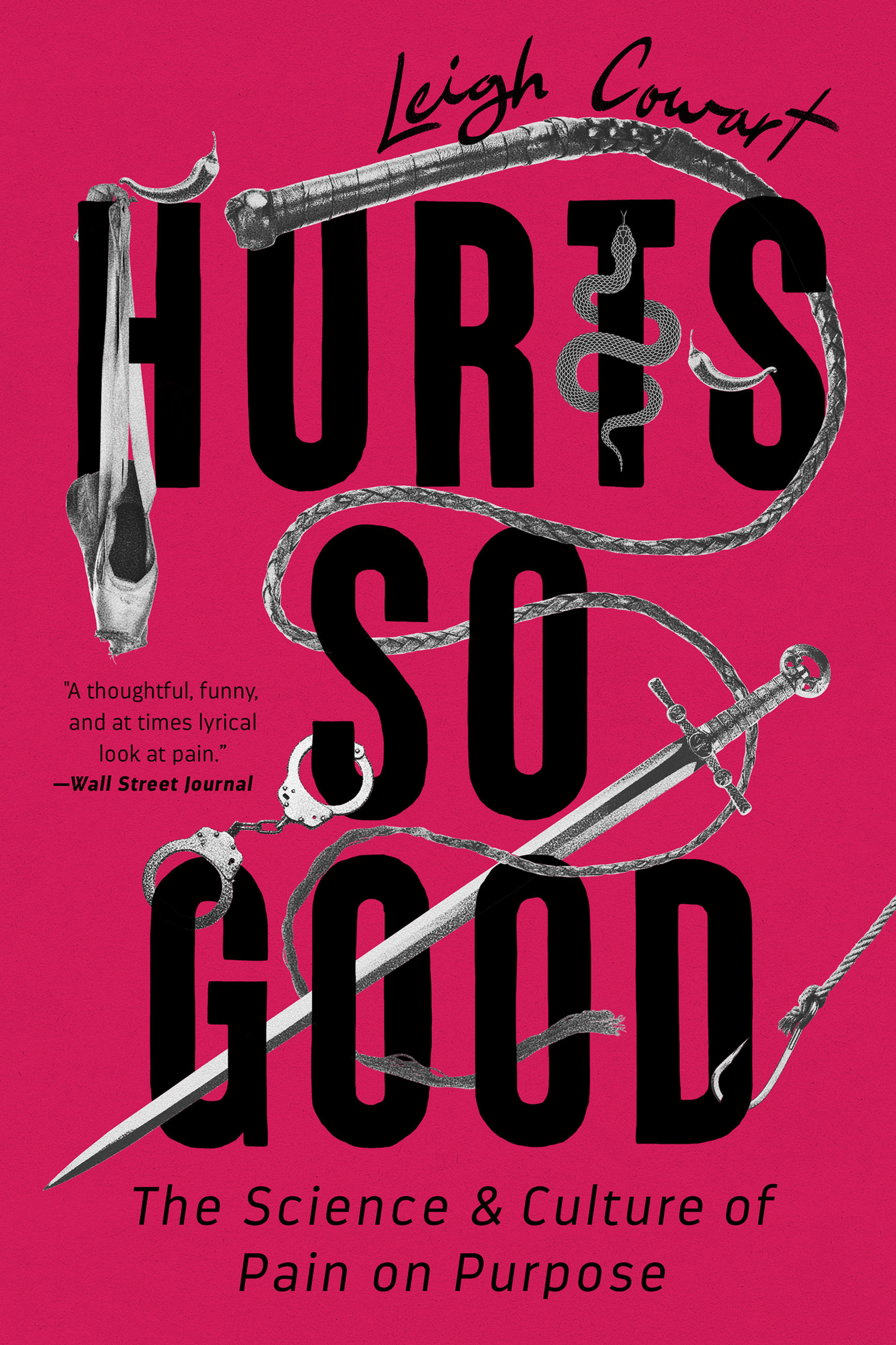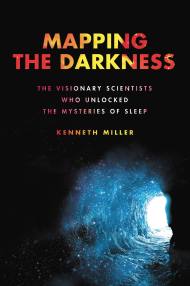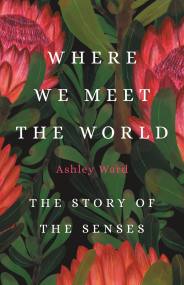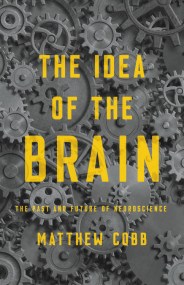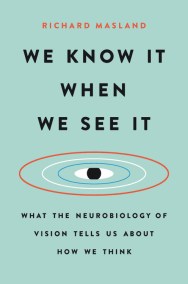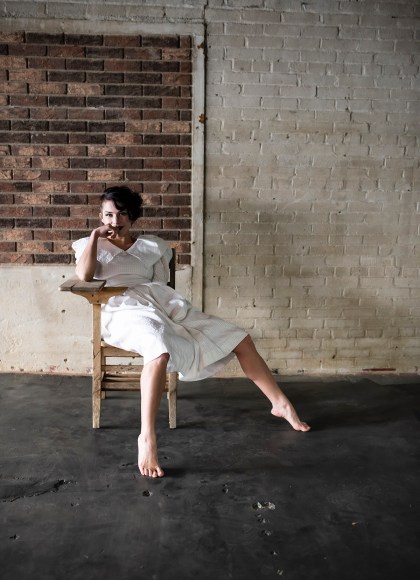Promotion
Use code MOM24 for 20% off site wide + free shipping over $45
Hurts So Good
The Science and Culture of Pain on Purpose
Contributors
By Leigh Cowart
Formats and Prices
Price
$18.99Price
$23.99 CADFormat
Format:
- Trade Paperback $18.99 $23.99 CAD
- ebook $12.99 $16.99 CAD
- Hardcover $28.00 $35.00 CAD
- Audiobook Download (Unabridged) $27.99
This item is a preorder. Your payment method will be charged immediately, and the product is expected to ship on or around July 18, 2023. This date is subject to change due to shipping delays beyond our control.
Also available from:
Masochism is sexy, human, reviled, worshipped, and can be delightfully bizarre. Deliberate and consensual pain has been with us for millennia, encompassing everyone from Black Plague flagellants to ballerinas dancing on broken bones to competitive eaters choking down hot peppers while they cry. Masochism is a part of us. It lives inside workaholics, tattoo enthusiasts, and all manner of garden variety pain-seekers.
At its core, masochism is about feeling bad, then better—a phenomenon that is long overdue for a heartfelt and hilarious investigation. And Leigh Cowart would know: they are not just a researcher and science writer—they’re an inveterate, high-sensation seeking masochist. And they have a few questions: Why do people engage in masochism? What are the benefits and the costs? And what does masochism have to say about the human experience?
By participating in many of these activities themselves, and through conversations with psychologists, fellow scientists, and people who seek pain for pleasure, Cowart unveils how our minds and bodies find meaning and relief in pain—a quirk in our programming that drives discipline and innovation even as it threatens to swallow us whole.
Genre:
-
“There’s possibly no one alive more qualified to write about pain than Leigh Cowart. A thoughtful, funny, and at times lyrical look at pain and its deeper human meaning.”The Wall Street Journal
-
“Cowart has endless compassion for humans trying to find meaning and purpose while trapped in our fallible meat sacks. Hurts So Good is funny, explicit, and oddly wholesome.”Caitlin Doughty, author of the New York Times bestseller Smoke Gets in Your Eyes
-
“It’s testament to Leigh Cowart’s skill and charm that a book about pain should feel so joyful, that a deeply taboo subject should get such a bright and vivid airing, and that experiences that should induce winces instead trigger laughs and moments of deep profundity. Hurts So Good is a book of wonderful paradoxes—a rich, hilarious, and endlessly fascinating look at a world that most of us know but few of us understand.”Ed Yong, Pulitzer Prize-winner and author of I Contain Multitudes
-
“A thorough examination of a widely-shared human experience. Cowart blends memoir with research and observation deftly, and boldly shares the gritty details of her own sensation-seeking body. Relevant to anyone seeking to understand their own relationship with physicality. A must-read for those of us who find ourselves trying to explain so many complex things about our relationships to pain.”Stoya, writer and pornographer
-
“Hurts So Good is a high wire act during which Cowart weaves together the science of enduring pain for pleasure with their own personal, maniacally visceral experiences. The latter scenes are written so vividly—blood, guts, excrement, swollen and frozen bodies—that, at times, Cowart seems to be daring the reader not to finish. But finish you should, because there's no better exploration of masochism's appeal."Elon Green, author of Last Call: A True Story of Love, Lust and Murder in Queer New York
-
“Is understanding pain—and specifically why people seek out pain—the key to understanding ourselves? Before I read Hurts So Good I wouldn't have thought so, but now I'm convinced. I found myself wondering why this book didn’t exist before; and the answer is, because Leigh Cowart had to be the one to do it. This is a deeply-researched, blazingly-written tour de force that unlocks so much of human desire, compulsion, damage, and grace. If there's such a thing as the Great American Popular Science Book, you're looking at it.”Jess Zimmerman, author of Women and Other Monsters
-
“Informative explanations of the neurobiology of pain and pleasure, and plenty of personal reflection on the author’s own relationship to masochism. Queasy readers need not apply…Cowart’s raw study offers insight."Publishers Weekly
-
“Briskly interweaving history, biology, and reportage…Leigh’s exploded view of pain is an essential component of the excavation of pleasure for which we’re long overdue….Courageous, diverting, and written with dark good humor.”Good Advice/Bad Gay
- On Sale
- Jul 18, 2023
- Page Count
- 256 pages
- Publisher
- PublicAffairs
- ISBN-13
- 9781541798038
Newsletter Signup
By clicking ‘Sign Up,’ I acknowledge that I have read and agree to Hachette Book Group’s Privacy Policy and Terms of Use
